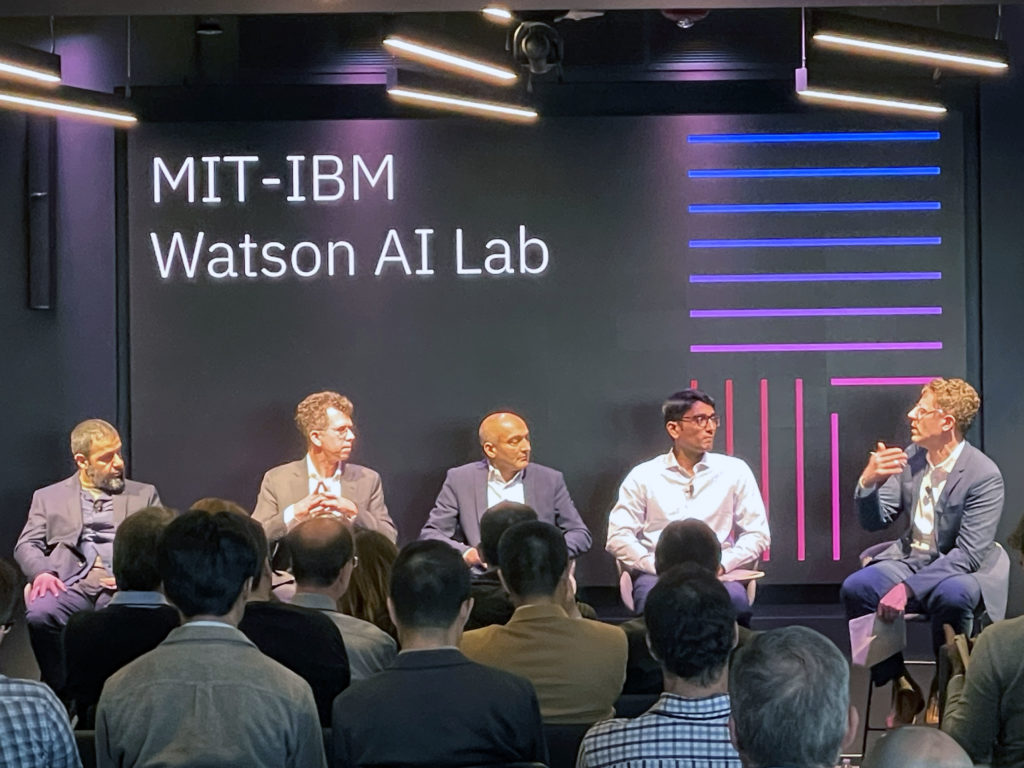A recent study by the Massachusetts Institute of Technology has quelled concerns about widespread job displacement by artificial intelligence, revealing that, at present, AI lacks cost-effective methods to replace the majority of jobs. In a comprehensive exploration of AI’s potential impact on labor, researchers focused on the economic feasibility of automating tasks in the United States, particularly those utilizing computer vision, such as teaching and property appraisal.
Contrary to fears of extensive job substitution, the study found that only 23% of workers evaluated in terms of dollar wages could be efficiently replaced by AI. The research delved into various occupations, highlighting that, in certain instances, AI-assisted visual recognition installation and operation costs made human workers more economically viable. This study provides valuable insights into the current limitations of AI in terms of cost-effectiveness in job displacement scenarios.
The widespread adoption of AI gained momentum last year, driven by the success of OpenAI’s ChatGPT and other generative tools that showcased the technology’s potential. Tech giants like Microsoft, Alphabet, Baidu, and Alibaba intensified their AI initiatives, unveiling new services and accelerating development plans. However, this pace prompted caution from some industry leaders who deemed it recklessly fast. Throughout this surge in AI implementation, concerns about its impact on employment have remained a central focus.
The sentiment of “machines stealing our jobs” often arises during rapid technological change, and such apprehension has resurfaced with the emergence of large language models. In a 45-page paper titled “Beyond AI Exposure,” MIT’s Computer Science and Artificial Intelligence Laboratory researchers address these concerns. They note, “We find that only 23% of worker compensation ‘exposed’ to AI computer vision would be cost-effective for firms to automate because of the large upfront costs of AI systems.”
Computer vision, a subset of AI, empowers machines to extract meaningful information from digital images and visual inputs. Its applications range from object detection systems in autonomous driving to assisting in photo categorization on smartphones. The MIT researchers’ insights shed light on the challenges and considerations surrounding the cost-effectiveness of automating tasks through AI, particularly in computer vision.
The cost-effectiveness of computer vision proves most advantageous in sectors such as retail, transportation, and warehousing—domains where industry giants like Walmart Inc. and Amazon.com Inc. hold prominence. MIT’s paper indicates its feasibility in healthcare as well. The authors suggest that a more assertive AI deployment, mainly through AI-as-a-service subscription offerings, could expand the scope of applications and enhance their viability.
Funded by the MIT-IBM Watson AI Lab, the study utilized online surveys to collect data on approximately 1,000 visually assisted tasks across 800 occupations. Presently, only 3% of such tasks can be cost-effectively automated, but the researchers project this figure could rise to 40% by 2030 if data costs decrease and accuracy improves.

The recent advancements in AI, exemplified by ChatGPT and competitors like Google’s Bard, have reignited concerns about AI’s impact on jobs. These new chatbots demonstrate proficiency in tasks traditionally within the human domain. The International Monetary Fund recently stated that nearly 40% of jobs globally could be affected, emphasizing the need for policymakers to balance AI’s potential with its potential negative consequences.
Discussions at the World Economic Forum in Davos centered on the workforce implications of AI. Mustafa Suleyman, co-founder of Inflection AI and Google’s DeepMind, described AI systems as “fundamentally labor-replacing tools.”
A case study in the MIT paper examined a hypothetical bakery, where bakers visually inspect ingredients for quality control, constituting only 6% of their duties. Despite potential time and wage savings from implementing cameras and an AI system, the researchers concluded that the cost of such a technological upgrade must be justified.

Neil Thompson, director of the FutureTech Research Project at the MIT Computer Science and Artificial Intelligence Lab, emphasized the comprehensive nature of the study, examining the applicability of computer vision across various occupations, industries, and sectors. He highlighted that the research indicates more automation in retail and healthcare, contrasting with less automation in construction, mining, or real estate areas.




